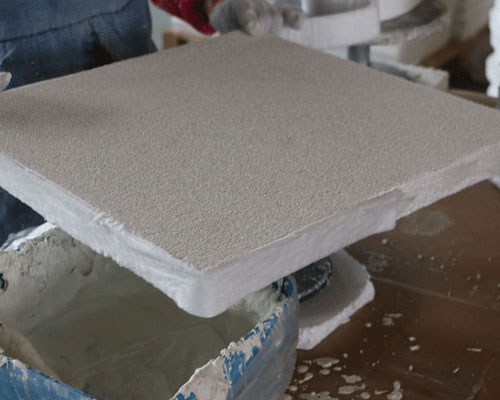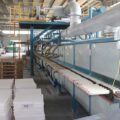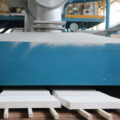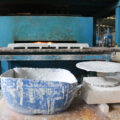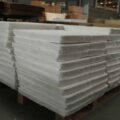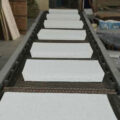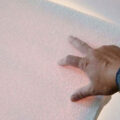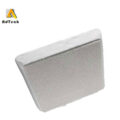Foam filter manufacturing process is made of reticulated polyurethane foam plastic as the carrier, and the foam plastic is uniformly saturated to soak the ceramic slurry, and then the foam plastic is repeatedly squeezed to remove the excess slurry, so that the ceramic particles are fully and uniformly attached to the foam plastic on top, it is made into a plain. Finally, it is dried and fired into shape.
Ceramic Foam Filter Manufacturing Process
The foam performance directly affects the ceramic foam filter manufacturing process and should have the following characteristics:
- The mesh is uniform to ensure free penetration of ceramic slurry and uniform coating.
- Hydrophilic, can firmly adsorb the slurry.
- Sufficient resilience, can quickly restore the original shape after squeezing out excess slurry.
- Volatility at medium temperature, volatile at lower than the firing temperature of ceramics, and does not pollute ceramics.
The ceramic foam slurry is made of refractory aggregates, sintering aids, binders and other micropowders with water. The preparation of the slurry is a crucial process. The ceramic slurry should have the highest possible solid content (the slurry Density 1.8~22g/cm3, solid content 50%~65%), good thixotropy and wettability. The high solid content ensures that the ceramic particles are attached to the foam screen to the maximum extent.
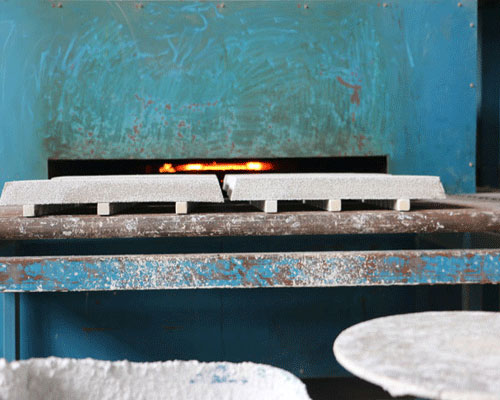
Improve the thixotropy of the ceramic filter’s strength to facilitate uniform shaping of the slurry and prevent plugging. If the wettability of the slurry and the ceramic foam is poor, the slurry will gather at the intersection of the foam structure, and there are fewer ridges, the strength will decrease after sintering, and even waste products.
The key to this process is the strength and uniformity of the extrusion. If the ceramic slurry remains in the foam, it will cause defects such as smaller pore size or plugging. On the contrary, too little ceramic slurry adhesion will affect the strength of the product.
Green body drying period: Dry the green body at low temperature for a period of time to remove free water and obtain preliminary strength; at this stage, the heating rate and holding temperature should be controlled to avoid defects such as deformation, slag and cracks.
Foam volatilization period: heat the dried body above the ignition point of the foam at a certain speed and keep it warm for a period of time to make the foam completely volatilize; at this stage, the temperature rise is not easy to be too fast, otherwise it will reduce the strength of the product or even cause waste.
Vitrification into porcelain stage: heating to the sintering temperature at a faster speed and holding for a period of time to fully sinter the green body; at this stage, the heating speed is not easy to be too fast, otherwise it will cause cracks and collapse of the porcelain front. After the product is fired, in order to prevent the filter from cracking, the cooling rate should not be too fast.

